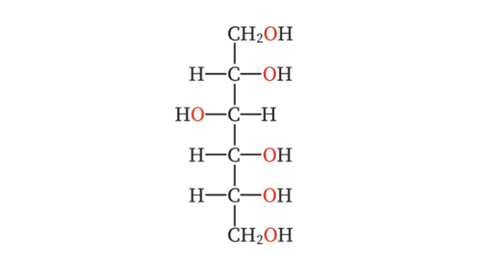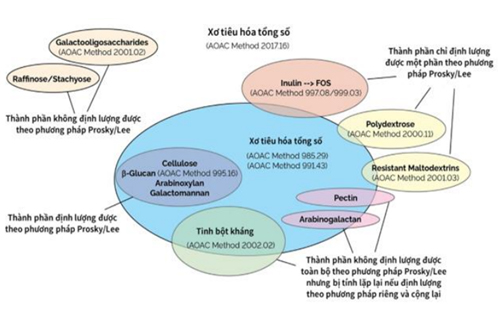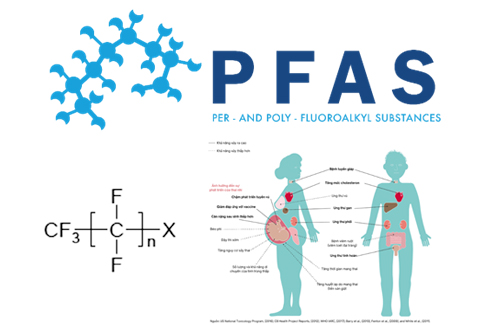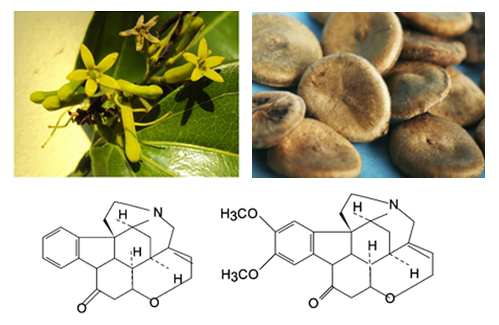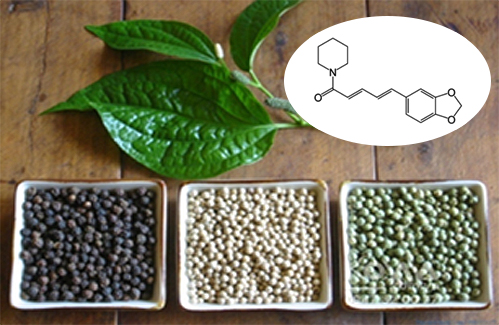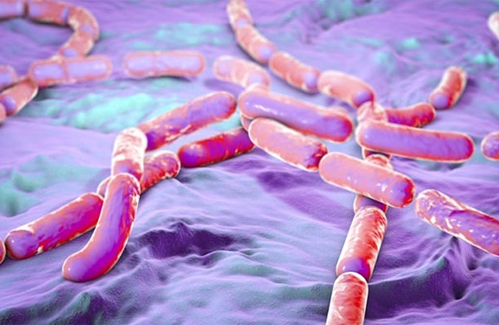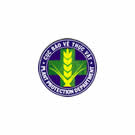- Folder Technical News
- Views 1504
- Last Updated 31/12/2024
Rats cause significant harm to production and daily life in Vietnam, leading to the widespread use of various rodenticides, including metal phosphides. However, improper use or carelessness with these compounds can easily result in poisoning risks.
What is phosphide-based rodenticide?
Phosphide-based rodenticides are compounds made from metal phosphides (often referred to as metal phosphides, hereinafter referred to as phosphides), which are salts formed by the combination of metals and phosphorus. These salts share the common characteristic of being able to react with water or acids to produce the gaseous compound hydrogen phosphide or phosphine, with the chemical formula PH₃. This is the direct cause of phosphide poisoning. There are several types of metal phosphides used for rodent control, with the two most common being aluminum phosphide and zinc phosphide. Zinc phosphide is a gray solid with a garlic-like or pungent odor. Aluminum phosphide is a white solid, but due to impurities during production, the finished product often appears gray or ivory-colored. Images of aluminum phosphide preparations and zinc phosphide powder are shown in Figure 1.
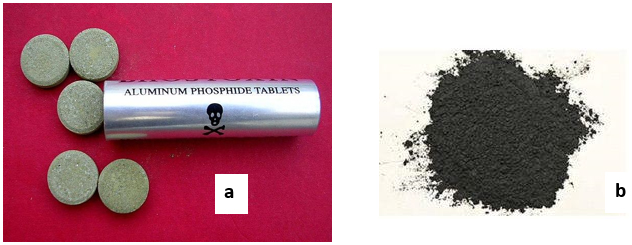
Figure 1. Aluminum phosphide formulation (a) and zinc phosphide powder (b)
Mechanism of Toxicity of Phosphides
Phosphides react with hydrochloric acid and water to release phosphine gas. The reaction of phosphides with strong acids is much more vigorous than with water. After phosphine is released in the stomach, which has a strongly acidic environment, it is rapidly absorbed through the gastrointestinal tract, enters the bloodstream, and reaches the liver, kidneys, and brain. According to the "Guidelines for Diagnosis and Management of Poisoning" by the Ministry of Health: "Phosphine gas is a strong reductant, causing severe oxidative stress that leads to non-specific cytotoxicity. It binds to and inhibits enzymes of the cellular respiratory chain, suppressing phosphorylation, oxidation, and cytochrome oxidase. Phosphine also inhibits catalase, leading to an increase in superoxide dismutase activity, producing excessive free radicals and lipid peroxidation, which denatures the proteins of the cell membrane."
Symptoms of phosphide poisoning
Symptoms of phosphide poisoning appear rapidly, typically within 30 minutes after ingestion. Early symptoms include nausea, vomiting, and epigastric pain due to the corrosive nature of phosphides. A fishy odor may be present in the breath and stool of affected patients. Patients often experience thirst along with signs of dehydration and electrolyte imbalances. Neurological symptoms are also common, such as headaches, dizziness, and possible nervous system excitation leading to seizures and agitation. These symptoms can quickly progress to circulatory failure, hypotension, myocarditis, pericarditis, acute pulmonary edema, and congestive heart failure.
Phosphine gas released from the vomit and stool of poisoned patients can pose a risk of secondary poisoning to others, so proper handling is essential. Patients exposed to phosphides via inhalation may exhibit similar respiratory and neurological symptoms, but typically in a milder form.
Treatment of phosphide poisoning
Phosphide poisoning has no specific antidote, and its rapid progression with severe consequences makes proper management crucial. The first step is to accurately identify the cause of poisoning as metallic phosphides. This is particularly important because the management of phosphide poisoning differs significantly from most other types of poisoning, and incorrect treatment can worsen the situation. Inquiries can be made with the patient or their family members if the patient is conscious. Identifying the chemical container used by the patient can also expedite the diagnosis. The patient's breath having a garlic-like or fishy odor is a characteristic sign that helps confirm phosphide poisoning.
Unlike most other poisoning cases, inducing vomiting in phosphide poisoning is generally avoided. Vomiting can accelerate the reaction of phosphides with stomach acid, and the released phosphine gas can further damage the gastrointestinal tract as it travels from the stomach to the mouth. Patients may feel thirsty and show signs of electrolyte loss, but they should not be given water for the same reasons. Intravenous fluid administration is recommended if fluid balance needs to be maintained and circulation supported. Activated charcoal can be given to the patient if they are still conscious.
For patients poisoned by phosphine gas, it is essential to move them to a well-ventilated area. Rescuers must take precautions to avoid exposure to phosphine gas, which can also cause poisoning.
After initial first aid, the patient should be transported immediately to a medical facility for symptomatic treatment and to address any organ damage.
Some cases of rodenticide poisoning
There is not much specific information about phosphide poisoning cases in Vietnam, however, incidents of rodenticide poisoning have occurred several times, usually due to confusion between rodenticide baits and food items. Some cases of rodenticide poisoning in Vietnam as well as globally are listed below.
In February 2024, two children were admitted to the Children's Hospital of Can Tho City due to rodenticide poisoning. Previously, the children had ingested rodenticide tubes, mistaking them for the calcium tubes their mother usually gave them.
In March 2024, a 13-year-old patient was rushed to the Central Pediatric Hospital after intentionally ingesting two tubes of rodenticide.
In July 2024, a young man from Quang Yen Town, Quang Ninh Province, was hospitalized after ingesting more than 200 mL of rodenticide containing Bromadiolone.
In November 2024, 20 children at the Giang Ma Commune Kindergarten in Tam Duong District, Lai Chau Province, suffered from rat poison poisoning after mistaking it for candy and consuming it. Figure 2 shows the type of rat poison the children accidentally ingested, which has an eye-catching packaging, shape, and color, making it highly confusing, especially for young children. In this case, the National Institute for Food Control participated in determining the suspected warfarin content in the mentioned product.
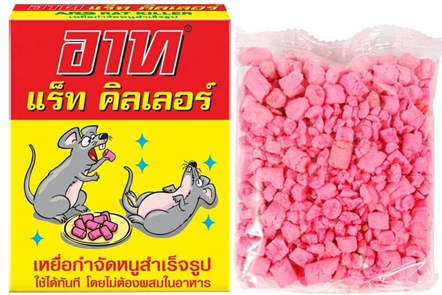
Figure 2. The rat poison product that caused the poisoning incident in Lai Chau.
Prevention of phosphide poisoning
It can be seen that cases of rodenticide poisoning in general, as well as phosphide poisoning in particular, are partly due to suicide, and partly due to accidental ingestion of rodenticide. In the case of phosphide poisoning, workplace accidents can also be a cause of poisoning. Appropriate preventive measures should be implemented for each cause to reduce this type of poisoning.
Proper management of rodenticides: It is advisable not to buy too much rodenticide for storage; only buy what is necessary. Each time of use, open a small package and use it all. If people need to store rodenticide, it should be kept out of reach of children. Do not store rodenticide in bottles or packages that were previously used for food as this can cause confusion with food items. When placing rodent baits, they should be placed in areas that children rarely visit to avoid children accidentally eating the baits.
For poisoning caused by inhaling phosphine gas while using phosphide: It is essential to wear protective equipment properly when working. Ensure that the workplace is adequately ventilated, and avoid working for extended periods in environments with phosphine gas.
Testing for Phosphides at the National Institute for Food Control
The use of phosphides as rodenticides in agriculture can result in residues remaining in crops and food products. Circular 50/2016/TT-BYT has established the maximum residue levels of phosphides in certain food products, with the lowest limit being only 0.01 mg/kg.
Currently, the National Institute for Food Control is implementing the determination of total metal phosphide content using modern gas chromatography-mass spectrometry (GC-MS) systems, which provide high accuracy and fast analysis times thanks to a simple sample processing procedure. With a quantification limit of 0.01 mg/kg, the results meet the requirements set by Circular 50/2016/TT-BYT.
Tg. Nguyễn Song Toàn
National Institute For Food Control
REFERENCES
[1]. D'Silva C, Krishna B. Rodenticide Poisoning. Indian J Crit Care Med 2019;23(Suppl 4):S272–S277.
[2]. Ministry of Health (2015), Guidelines for diagnosis and treatment of poisoning.





